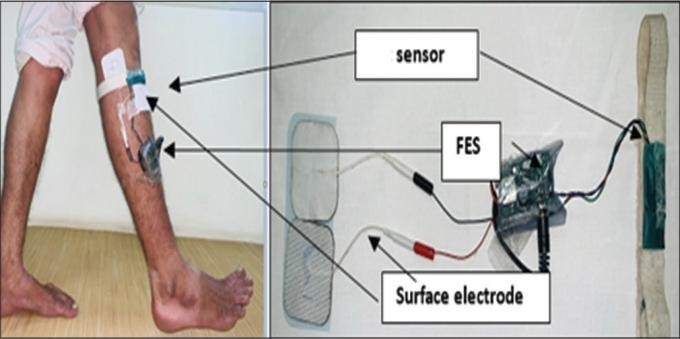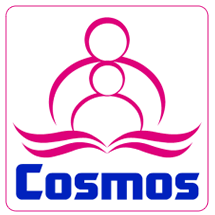AmpliStride: From Signal to Stride a Breakthrough for Leg Paralysis Rehabilitation
Keywords:
MSATS, Paralysis, Technology, Muscle, StrengthAbstract
Foot drop is a condition in which a patient fails to lift a foot due to neuro-muscular disorder of the lower body. Many assistive devices are available, but they have some limitations. For this purpose, we offer a solution: Muscle Signal Amplification and Transmission System (MSATS). The system picks muscle signal from the healthy leg and after necessary processing and amplification transmits it to the muscle stimulator worn on the affected leg. The system stimulates the muscle with proper timing according to the gait cycle. This project aims to improve the quality of life of those afflicted with foot-drop by assisting their mobility and independence.
References
T. W. Knutson, J. S., Hansen, A. H., & Clark, “Foot and ankle electromyography during gait with partial functional electrical stimulation,” J. Biomech., vol. 45, no. 2, pp. 298–305, 2012.
S. K. Sabut, C. Sikdar, R. Kumar, and M. Mahadevappa, “Functional electrical stimulation of dorsiflexor muscle: Effects on dorsiflexor strength, plantarflexor spasticity, and motor recovery in stroke patients,” NeuroRehabilitation, vol. 29, no. 4, pp. 393–400, 2011, doi: 10.3233/NRE-2011-0717;PAGEGROUP:STRING:PUBLICATION.
D. F. Thrasher, T. A., Popovic, M. R., & Collins, “A comparison of different functional electrical stimulation paradigms on the activation of dorsiflexor muscles during gait in individuals with drop-foot,” Neurorehabil. Neural Repair, vol. 19, no. 4, pp. 377–385, 2005.
R. B. Everaert, D. G., Thompson, A. K., Chong, S. L., & Stein, “Does Functional Electrical Stimulation for Foot Drop Strengthen Corticospinal Connections?,” Neurorehabil. Neural Repair, vol. 24, no. 2, 2010, doi: https://doi.org/10.1177/154596830934993.
A. R. Val Robertson, Alex Ward, John Low, “Electrotherapy Explained: Principles and Practice,” in Electrotherapy Explained, 4th Edition, Ed., Elsevier, 2006. [Online]. Available: https://shop.elsevier.com/books/electrotherapy-explained/robertson/978-0-7506-8843-7
Cesar Marquez-Chin & Milos R. Popovic, “Functional electrical stimulation therapy for restoration of motor function after spinal cord injury and stroke: a review,” Biomed. Eng. Online, vol. 19, no. 34, 2020, [Online]. Available: https://biomedical-engineering-online.biomedcentral.com/articles/10.1186/s12938-020-00773-4
andChristopher A. K. Li-Wei Chou,Jacqueline A. Palmer,Stuart Binder-Macleod, “Motor unit rate coding is severely impaired during forceful and fast muscular contractions in individuals post stroke,” J. Neurophysiol., vol. 109, no. 12, 2013, doi: https://doi.org/10.1152/jn.00615.2012.
Y. Hara, Y., Obayashi, S., Tsujiuchi, N., & Muraoka, “A Feasibility Study of a Wireless Electromyography Data Acquisition System for Home Rehabilitation,” Biomed. Eng. Online, vol. 12, no. 1, p. 56, 2013.
G. Lopes, P., & Baud-Bovy, “Virtual Reality for Rehabilitation: Techniques and Applications,” IntechOpen, 2017.
Prof Bruce H Dobkin, “Strategies for stroke rehabilitation,” Lancet Neurol., vol. 3, no. 9, pp. 528–536, 2004, [Online]. Available: https://www.thelancet.com/journals/laneur/article/PIIS1474-4422(04)00851-8/fulltext
O. C. Vujaklija, I., Farina, D., & Aszmann, “New Trends in Prosthetics: A Journey from Amputation to Bionic Limbs,” IEEE Signal Process. Mag., vol. 33, no. 5, pp. 28–39, 2016, [Online]. Available: https://www.physiopedia.com/File:Gait_cycle.jpg

Downloads
Published
How to Cite
Issue
Section
License
Copyright (c) 2025 50sea

This work is licensed under a Creative Commons Attribution 4.0 International License.




















